- Home
- TV History
- Network Studios History
- Cameras
- Archives
- Viewseum
- About / Comments
Skip to content
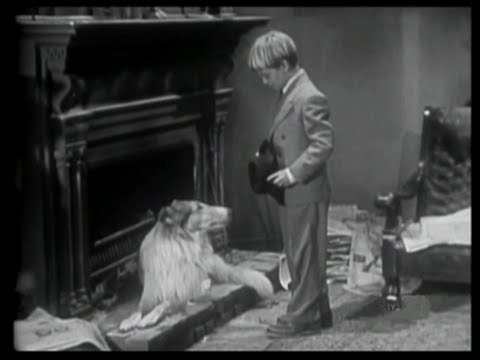

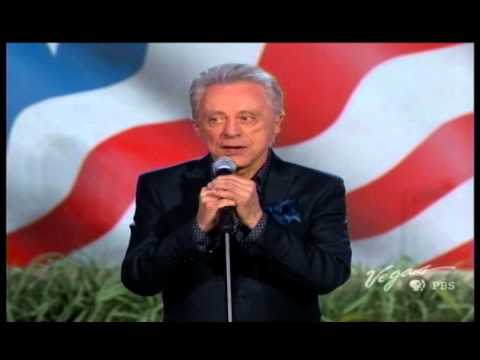



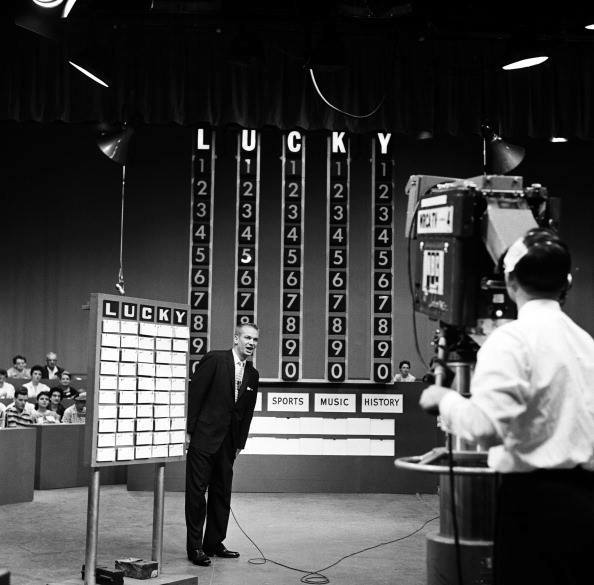



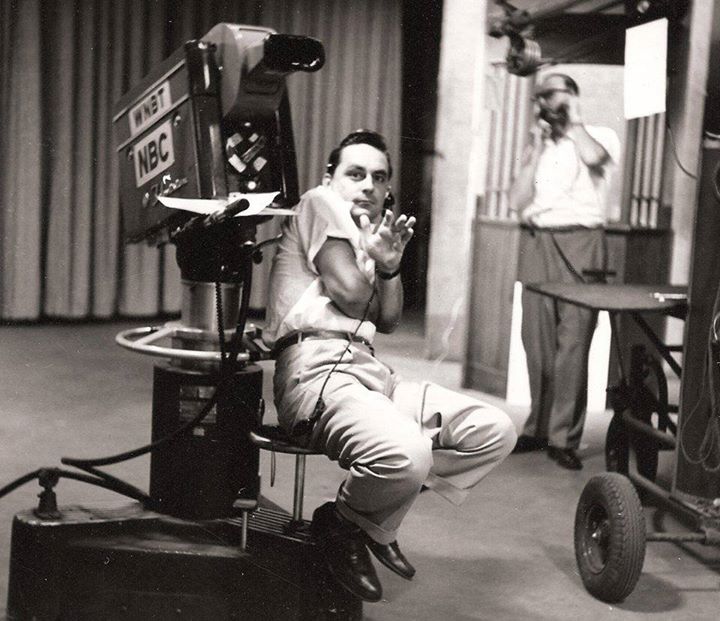

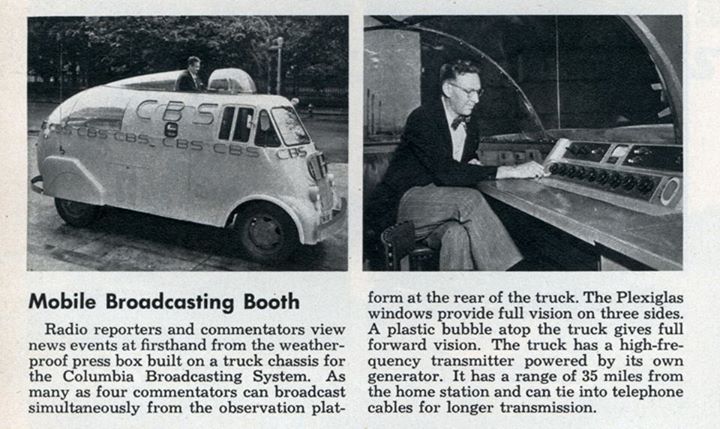

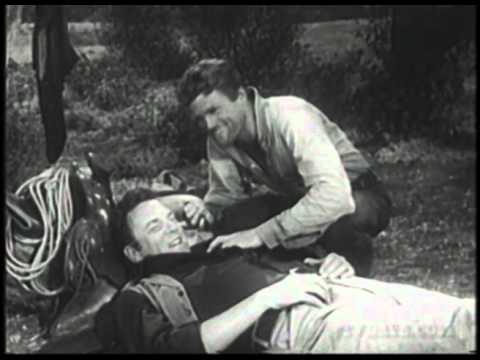





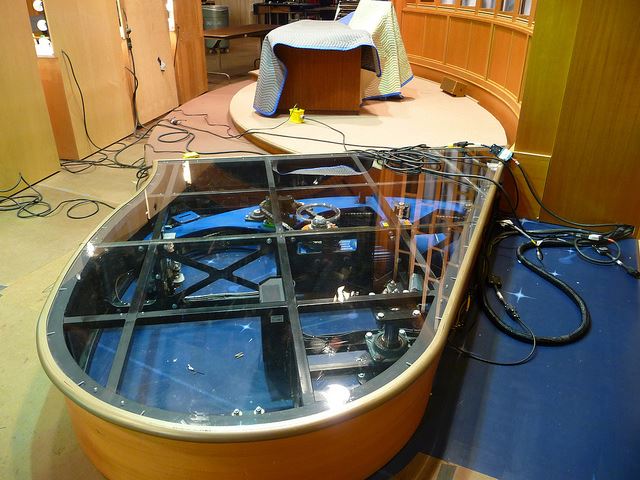

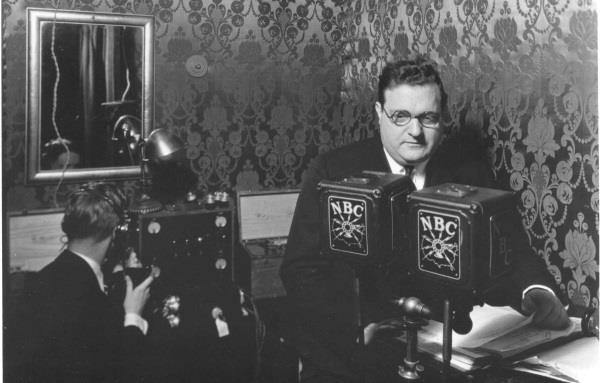

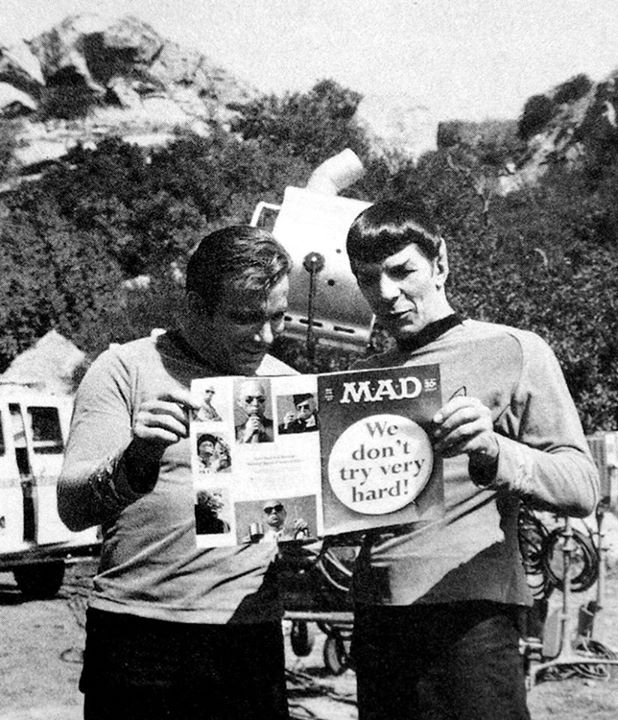



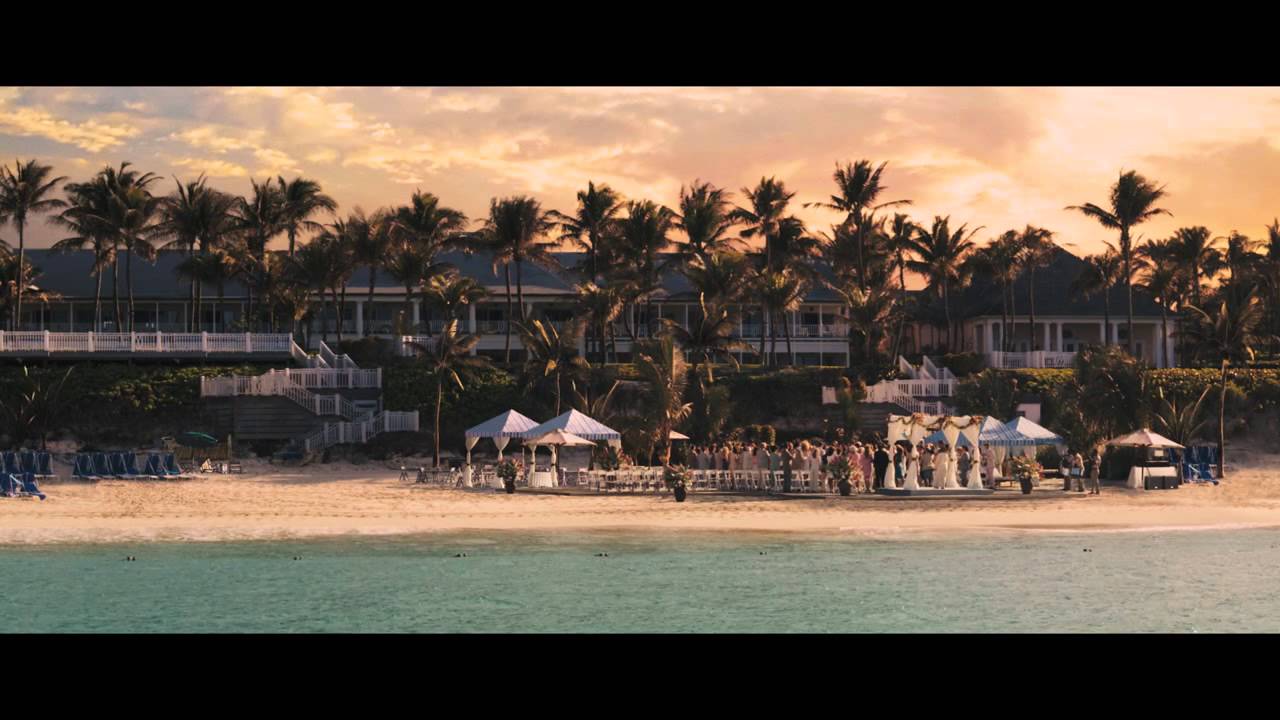

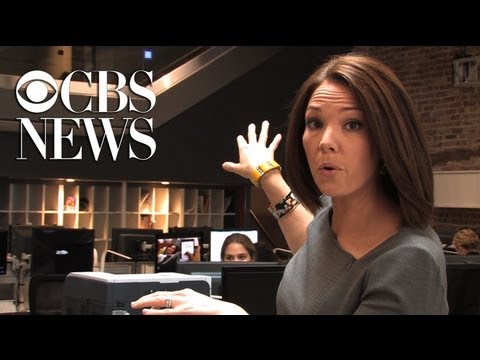

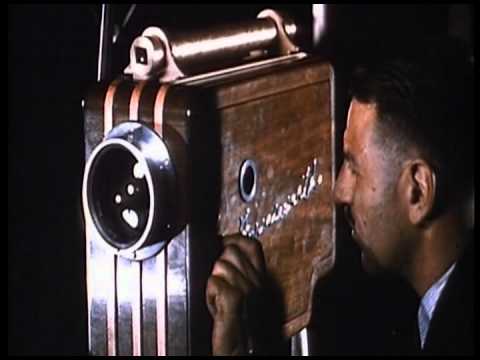





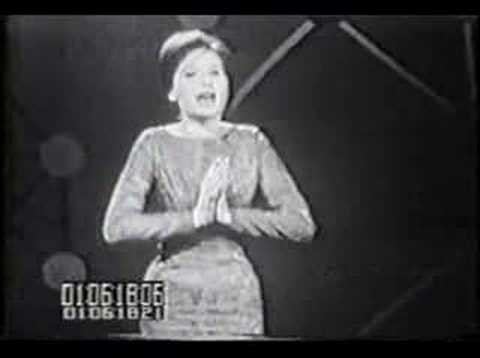

Posts in Category: TV History
Page 61 of 136
« Previous
1
2
3
4
5
6
7
8
9
10
11
12
13
14
15
16
17
18
19
20
21
22
23
24
25
26
27
28
29
30
31
32
33
34
35
36
37
38
39
40
41
42
43
44
45
46
47
48
49
50
51
52
53
54
55
56
57
58
59
60
61
62
63
64
65
66
67
68
69
70
71
72
73
74
75
76
77
78
79
80
81
82
83
84
85
86
87
88
89
90
91
92
93
94
95
96
97
98
99
100
101
102
103
104
105
106
107
108
109
110
111
112
113
114
115
116
117
118
119
120
121
122
123
124
125
126
127
128
129
130
131
132
133
134
135
136
Next » 

September 12, 1954…’Lassie’ Debuts On CBS
On September 12, 2014
- TV History
September 12, 1954…’Lassie’ Debuts On CBS
The video clips here are part one and two of the first ever episode of ‘Lassie’ which debuted Sunday, September 12, 1954, at 7:00 p.m. EST…a time slot the show would call home on CBS for the next seventeen years.
Between 1943 and 1951, Lassie, was the inspiration for seven MGM feature films. With completion of the seventh film in 1951, the studio planned no further films for the Lassie character or Pal, the dog actor who portrayed the fictional canine. In lieu of $40,000 back pay owed him by MGM, Pal’s owner and trainer Rudd Weatherwax took all rights to the Lassie trademark and name, and hit the road with Pal to perform at fairs, rodeos, and other venues.
Needing material for the relatively new medium of television, producer Robert Maxwell sold Weatherwax on the concept of a Lassie television series with a boy and his dog theme. The two men developed a scenario about a struggling war widow, her young son, and her father-in-law set on a weather-beaten American farm.
Two pilots were filmed with the first telling the story of the bond forged between boy and dog, and the second filmed to give potential sponsors and network buyers an idea of a typical episode. After viewing the pilots, CBS put the show on its fall 1954 schedule.
Campbell’s Soup Company signed on early as the show’s sole sponsor and remained so for the show’s entire run. Enjoy and share!
-Bobby Ellerbee
https://www.youtube.com/watch?v=bf49nG11S2M Part 2
https://www.youtube.com/watch?v=lXquPCNsPzM Part 1
Lassie – Episode 1 – “Inheritance” – Part 1 – (Originally broadcast 09/12/1954)
Part 1 of 2. The complete first Lassie TV episode. In this episode Jeff Miller inherits a young collie named Lassie after the death of her owner, an old neig…


Remembering Bob Crewe…Take A Look At This List Of Hits
On September 12, 2014
- TV History
Remembering Bob Crewe…Take A Look At This List Of Hits
Bob Crewe, the writer-producer behind Frankie Valli‘s biggest hits, has died. He was 82. Bob was best known for producing, and co-writing (with Bob Gaudio), a long string of Top 10 singles for The Four Seasons, but Crew has a long and proud history of hits with other acts, like The Rays, Diane Renay, Mitch Ryder and the Detroit Wheels, Freddy Cannon, Lesley Gore, Oliver, Michael Jackson, Bobby Darin, Roberta Flack, Peabo Bryson, Patti LaBelle, and his own group, The Bob Crewe Generation.
There just too much to tell here, but below, I’ve included a list of Bob Crewe’s top hits…songs that charted at 30 or above on the Billboard Top 100. I’ll leave you with this interesting fact that will sort of sum up his amazing success….In 1999, when BMI (Broadcast Music Incorporated) announced its Top 100 Songs of the Century, “Can’t Take My Eyes Off You” landed in the top ten with six million airplays. BMI calculates one million continuous performances of a song of the average length (3 minutes) as representing 5.7 years of continuous airplay so; this one song has a history of 35 years of continuous airplay…and counting! Here’s a list of Bob’s “other hits”. We’ll miss him! -Bobby Ellerbee
1957: “Silhouettes”, #3.
1957: “Daddy Cool”, #10.
1958: “La Dee Dah”, #9.
1959: “Lucky Ladybug”, #14.
1962: “Sherry”, #1
1962: “Big Girls Don’t Cry”, #1
1963: “Walk Like a Man, #1
1964: “Dawn (Go Away)”, #3
1964: “Ronnie”, #6
1964: “Navy Blue”, #6
1964: “Rag Doll, #1
1964: “Save It For Me”, #10
1964: “Big Man in Town”, #20
1965: “Bye, Bye, Baby (Baby, Goodbye)”, #12 (“Bye Bye Baby” on initial release)
1965: “Let’s Hang On!”, #3
1965: “A Lover’s Concerto,” #2
1965: “Silhouettes,” #5 [Herman’s Hermits cover]
1965: “Girl Come Running,” #30
1965: “Jenny Take A Ride,” #10
1966: “Devil With A Blue Dress On,” #4
1966: “The Sun Ain’t Gonna Shine,” #13
1967: “Sock It To Me, Baby,” #6
1967: “Music To Watch Girls By,” #15
1967: “Silence Is Golden,” #11 [Tremeloes cover]
1967: “Can’t Take My Eyes Off Of You,” #2
1967: “I Make a Fool of Myself,” #18
1967: “To Give (The Reason I Live),” #29
1969: “Jean,” #2
1969: “Good Morning, Starshine,” #6
1974: “Lady Marmalade”, #1
1974: “Get Dancin’,” #10
1975: “Swearin’ To God”, #6
1975: “My Eyes Adored You,” #1
1975: “I Wanna Dance Wit’ Choo,” #23
1975: “The Proud One,” #22 [The Osmonds cover]
2001: “Lady Marmalade”, #1 [Christina Aguilera cover]


FANTASTIC! Behind The Scenes…ABC Sports, October 4, 1975
On September 11, 2014
- TV History
FANTASTIC! Behind The Scenes…ABC Sports, October 4, 1975
With college football back in the air, it’s time to replay this best ever look at how 60 men brought 30 million viewers these great games every Saturday. “Second’s To Play” is presented here in two 15 minute segments.
This is the most extensive look you’ll ever get of how ABC Sports crews covered the games in this era. Norelco PC 70s and hand held PCP 90s are in use with our friend Don “Peaches” Langford on the sidelines. Enjoy and SHARE! -Bobby Ellerbee
Rare! ‘Lucky Partners’…NBC Studio 8H, 1958
On September 11, 2014
- TV History
Rare! ‘Lucky Partners’…NBC Studio 8H, 1958
If you blinked, you missed this short lived daytime game show. It debuted June 30, 1958 and by August 22, it was gone and these few photos are all that remain. The host was Carl Cardell.
I want to ask a question…does anyone know if the cameraman standing on the McAlister Crab Dolly is Fred Himelfarb? I have never seen a photo of him and would love to know what he looked like. Fred was NBC’s camera guru and was the man who kept the improvements on the TK41 coming. These are beautiful shots of 8H in action and thanks to our friend John Schipp for sharing them. Enjoy and share! – Bobby Ellerbee


A Rare Look At NBC Studio 8H…1954
On September 10, 2014
- TV History
A Rare Look At NBC Studio 8H…1954
‘Saturday Night Live’ fans and staff will get a kick out of this too as this will look quite familiar. The opens with the studio doors of 8H bursting open and the singing cast making it’s way to the 8th floor elevators to welcome the show’s star, Dorothy Collins, back from maternity leave.
If you look closely, you can see the art deco page desk behind them just as they come out. I’ll post a photo of me at that desk in the comments section to refresh your memory. They have cleverly hidden the lights behind flats in the hallway scene.
Notice that when they come back into the studio, they go into the same kind of tunnel we see now on SNL, but it’s not the same.
The SNL “temporary” bleachers on the 9th floor are supported by scaffolding on the studio floor, and were not installed till 1975. At this time, I think the seating in 8H was all pull out bleacher seating, much like you see in high school gyms. I think what they are running through is a curtained pathway between two bleacher sections. This space would have to always be clear as this is how equipment and staff moved in and out of the studio.
By the way, Studio 8H did not go color until June 24, 1963. The color photographs I have posted showing Dorothy Collins with NBC TK41s were taken at Brooklyn II where the show moved in 1957.
See any familiar faces? I see Snooky Lanson, Russell Arms and a few more. Enjoy and share! -Bobby Ellerbee
https://www.youtube.com/watch?v=TPzhhzkaT24&feature=youtu.be
Dorothy Collins is welcomed back to the Your Hit Parade show by the entire cast of the program. Dorothy took a leave of absence to have her first child and P…
A Classic Candid And What It Tells Us…
On September 10, 2014
- TV History
A Classic Candid And What It Tells Us…
This is NBC cameraman George Kiyak goofing with the photographer in a photo shared by his son, Mark, but let’s look closer…there is something to learn here.
Notice the turret handle is at a 45 degree angle and not at it’s usual 90 degree taking position. What George has done is a “quick cap”… he has partially racked the turret between lenses to save the expensive Image Orthicon tube in this RCA TK30.
The pedestal is a Houston Fearless TD 1. George is sitting on the up/down crank wheel and these were geared to really move when you cranked them. The pedal under the crank wheel is called a trolley pedal. When you step on the TD 1 trolley pedal, it pushes down a castor wheel which allows you to move the base of the pedestal to another angle. Today, that is accomplished with Steer 1.
The castor wheel was used before there was a “Steer 1/Steer 3” option, which first appeared on the next generations of pedestals, the TD 3 counterbalanced pedestals.
The Steer 1 option allows you to steer like a tricycle with one wheel steering and the other two following, while Steer 3 is the, all wheels in the same direction, “crab” steering.
On the left side of the ped base is a cable grip which was usually a matter of preference…some liked them, some didn’t. On the very first TV pedestals which were built in the mid 30s, the cable came out of the bottom of the Iconoscope cameras and went down through the support column, exiting at the base of the column on a spring loaded arm on the right side of the camera. Believe it or not, those peds were electric and a small motor under the skirt moved the camera up and down. They too had trolley pedals.
Including George, everything here were the real workhouses of early television. Enjoy and share! -Bobby Ellerbee
Hey CBS…Buck Rogers Wants His Truck Back!
On September 10, 2014
- TV History
Hey CBS…Buck Rogers Wants His Truck Back!
In August of 1951, this one of a kind creation was the latest and greatest thing in mobile radio units. For the time, this was actually quite a feat of engineering design with all that molded plexiglass.
This CBS unit is shown here in Central Park and could broadcast on the go from up to 35 miles out. I think the truck is either French or English. Anyone know more? Enjoy and share! -Bobby Ellerbee


Speaking Of ‘Gunsmoke’…How About Some Great Outtakes?
On September 10, 2014
- TV History
Speaking Of ‘Gunsmoke’…How About Some Great Outtakes?
Long before blooper shows came to television, this reel was put together by CBS for one of their fall season kick off meetings for their affiliates in the early ’60s.
It’s hosted by James Arness and features a lot of gags from his show, but we’ll also see Red Skelton with the pooping cow, Rod Serling, Richard Boone, Jackie Cooper and many more stars and extras blowing lines and goofing. The cussing is mostly in the last 30 seconds which has a few very interesting surprises! Enjoy and share! -Bobby Ellerbee
https://www.youtube.com/watch?v=ulfIZA3KBEk
http://www.TVDAYS.com HOME VIDEO COLLECTION http://www.seagate.com Ira H. Gallen Video Resources 220 West 71st Street NYC 10023 (212) 724 – 7055 http://www.T…


What A Lesson! D W Griffith Was An Editing Pioneer Too!
On September 9, 2014
- TV History
What A Lesson! D W Griffith Was An Editing Pioneer Too!
From the Filmmakers IQ library, here is another great history lesson and today’s subject is editing and how it came to be. In this, I was surprised to learn one of the first great directors was actually one of editing’s leading men and is responsible for many of the same techniques we use today, including what live television is all about…continuity editing. Enjoy and share! – Bobby Ellerbee


More CGI Magic…’Boardwalk Empire’
On September 9, 2014
- TV History
More CGI Magic…’Boardwalk Empire’
As promised, here is more on the amazing ability editors now have with Computer Generated Imagery. Period shows like HBO’s ‘Boardwalk Empire’ have to take a great deal of care to keep the 1920s look intact and free from modern skylines and backgrounds, but that’s only half of the challenge. The other half is turning the clock back by recreating historic landscapes and even period appropriate ships. Take a look and marvel as the impossible becomes possible before your very eyes. Enjoy and share! -Bobby Ellerbee
https://www.youtube.com/watch?v=eay7YRgYQgQ
This is CGI at it’s best for TV
The Old Shoe…Seth Meyers Desk Platform
On September 9, 2014
- TV History
The Old Shoe…Seth Meyers Desk Platform
Last week, ‘Late Night With Seth Meyers’ debuted their new set, but in case you never saw this up close, here is the old desk platform.
Around Studio 8G, this was called “the shoe” because it kind of looks like one and works like one. The “heal” is where the mechanics are located…the electric motor and axis that moves the desk set in and out of the stage floor. Since the host is the soul of the show, it’s only fitting that the desk was on the “sole” of the shoe. Now you know. Enjoy and share! -Bobby Ellerbee
September 9, 1926…NBC Was Incorporated By RCA
On September 9, 2014
- TV History
September 9, 1926…NBC Was Incorporated By RCA
The incorporation process was the first step on a very long and profitable road for the nation’s first broadcasting network which came to life on November 15, 1926, with a gala four-hour radio program originating from the ballroom of the Waldorf-Astoria Hotel in New York City. Here is some of NBC’s early history which includes the Red and Blue Networks and their sale. Enjoy and share!
-Bobby Ellerbee
NBC was the joint effort of three pioneers in mass communications: Radio Corporation of America, American Telephone and Telegraph and Westinghouse Electric Corporation. Two early radio stations in Newark, New Jersey, and New York City—WJZ, founded by Westinghouse in 1921, and WEAF, founded by the American Telephone & Telegraph Company in 1923—had earlier been acquired by RCA and, after NBC was created, became the centres of NBC’s two semi-independent networks, the Blue Network, based on WJZ, and the Red Network, based on WEAF, each with its respective links to stations in other cities.
The formation of NBC was orchestrated by David Sarnoff, the general manager of RCA, which became the network’s sole owner in 1930.
The National Broadcasting Company was the first permanent, full-service radio network in the U.S. RCA’s goal in forming NBC was to be able to provide a large number of quality radio programs so that, as one of its newspaper ads said, “every event of national importance may be broadcast widely throughout the United States.”
NBC’s first radio broadcast, on November 15, 1926, was a four-and-a-half hour presentation of the leading musical and comedy talent of the day. It was broadcast from New York over a network of 25 stations, as far west as Kansas City; close to half of the country’s five million radio homes tuned in. The first coast-to-coast broadcast soon followed, on New Year’s Day, 1927, when NBC covered the annual Rose Bowl football game in California.
The demand for a network service among local stations was mounting so rapidly that less than two months after its first national broadcast, NBC split its programming into two separate networks, called the “red” and the “blue” networks, to give listeners a choice of different program formats.
By 1941, these two networks blanketed the country; there were 103 blue subscribing stations, 76 red, and 64 supplementary stations using NBC programs. The blue network provided mostly cultural offerings: music, drama, and commentary. The red featured comedy and similar types of entertainment. There were regular radio programs for children, and soap operas and religious programs. When the Federal Communications Commission declared in 1941 that no organization could own more than one network, NBC sold the blue complex, which became the American Broadcasting Company.
From the first coast-to-coast broadcast of the Rose Bowl in 1927, sporting events were a radio mainstay. That same year, the red and blue networks tied in with a number of independent stations to broadcast the second Tunney-Dempsey fight from Soldier Field in Chicago. Two years later NBC broadcast the Kentucky Derby. During the 1920s and 1930s, the network featured the World Series many times. It also covered major football games, golf tournaments, and the Olympics in Los Angeles in 1932.
NBC’s first special-events broadcast was Charles A. Lindbergh’s arrival in Washington on June 11, 1927 after his historic trans-Atlantic flight. In 1928, the network began coverage of national political events, covering the Republican and Democratic national conventions in 1928; the inaugurations of presidents Herbert Hoover in 1929 and Franklin D. Roosevelt in 1933; the opening of the 73rd Congress on March 9, 1933; and Roosevelt’s first “Fireside Chat” on March 12 of that year. “NBC News” was officially created in 1933.
The first international NBC broadcast was also in 1928, when the network carried a pick-up of President Calvin Coolidge opening a Pan-American conference in Havana.
Speaking Of ‘Star Trek’….
On September 8, 2014
- TV History
Speaking Of ‘Star Trek’….
On this 48th anniversary of the series debut, here’s an idea of just how wildly popular the show was. Mad Magazine did a parody!
Our friend Dick DeBartolo wrote “Star Blecch” for Mad’s December ’67 issue and here is Shatner and Nimoy reading it on location. Dick’s story was beautifully illustrated by Mort Drucker, and at the link below is a colorized version for you to share and enjoy! – Bobby Ellerbee
http://startrekanimated.com/mad_01.html


MUST SEE! The History Of Visual Trickery…
On September 8, 2014
- TV History
MUST SEE! The History Of Visual Trickery…
This is the best presentation and history of visual effects I have ever seen! If you have ever wondered where it all started and how it was done, here are the answers.
Starting in 1898, this comes all the way to today and lays out the evolution of the processes that have given us to many unforgettable moments. Enjoy and share! -Bobby Ellerbee


The question is, can you believe your eyes, or not?
On September 8, 2014
- TV History
MIND BLOWING! Prepare To Be Astonished!
The question is, can you believe your eyes? After seeing this…you may wonder if you ever can again! Especially at the movies.
The computer generated visual effects in this clip from ‘The Wolf Of Wall Street’ are simply stunning. See for yourself! Tomorrow, more stunning CGI effects but for now, enjoy and share! -Bobby Ellerbee
https://www.youtube.com/watch?v=pocfRVAH9yU
A look at some of the more challenging shots Brainstorm Digital put together from Martin Scorsese’s new film The Wolf of Wall Street, starring Leonardo DiCap…


Behind The Scenes…The CBS News Studios, 2014
On September 8, 2014
- TV History, Viewseum
Behind The Scenes…The CBS News Studios
This is a great clip that takes us inside both the CBS Morning and CBS Evening news studios. The big production studios, 41- 45, are in another part of the building, but the news studios 47 and 57 are close to the front entrance and lobby. I was here in May.
CBS has done a great job on the setup for not only the studios, but the actual newsroom and office spaces. I think this was all done about six years ago. By the way, thanks to our host, Erica Hill, for pointing out that the original Cronkite newsroom map is in the CBS Morning News studio and the replica is on the Evening news set. It was too big to go in the Pelly set in Studio 47. Enjoy and share! -Bobby Ellerbee


A Rare Look (In Color) At Early Electronic Television…
On September 7, 2014
- TV History, Viewseum
A Rare Look (In Color) At Early Electronic Television…
This is quite an interesting look at Philo Farnsworth’s television studio and station in operation. From the technical to the theatrical side, including the wild makeup, we’ve got 10 minutes of great color film to show us how this all came together.
Farnsworth and RCA, under Vladimir Zworykin, were basically neck and neck in development and I think Philo was actually ahead of RCA, but they had the money and he didn’t. There is a famous story of Zworykin visiting Farnsworth on Green Street in San Francisco…during the visit, Philo demonstrated a new Image Dissector tube and as he did, it was reported that a big light went off in Zworykin’s head. Seeing what Farnsworth had done gave him the answer to a huge problem he had with his Iconoscope tube. As soon as he got back to RCA, Zworykin fixed his problem.
Farnsworth had talked with Zworykin as one inventor to another but Zworykin was hearing trade secrets from a competitor. RCA screwed him royally, and although he did finally get some money from the patents RCA had used, it was nothing close to what RCA was making. So, if Philo didn’t get the respect from RCA that he deserved, we can at least give him ours. Enjoy and share! -Bobby Ellerbee


NBC Television Logos…1926 – 2000
On September 7, 2014
- TV History
NBC Television Logos…1926 – 2000
As part of today’s 57th Anniversary of the NBC Peacock logo, I thought I’d add this montage. Someone did a good job with this, which is actually pretty accurate and inclusive…especially the first three minutes or so. I always thought the Snake logo was the best. What’s your favorite? Enjoy and share! – Bobby Ellerbee
https://www.youtube.com/watch?v=FkjlCbOjyWM
HOPE YOU LIKE IT!!! List: 1920s Radio on USA – 1926 1930s 2nd logo – 1931 Man plays chimes – 1933 1940s Microphone WNBT – 1944 Curtain with text – 1949 1950s…


September 7, 1956…NBC Debuts The Animated Peacock
On September 7, 2014
- TV History
September 7, 1956…NBC Debuts The Animated Peacock
57 years ago today, this animated film clip rolled at NBC for the first time at the start of ‘Your Hit Parade’ which at the time, was originating live and in living color from NBC Studio 8H. The voice belongs to legendary NBC announcer Ben Grauer. The animation was done by Electra Film Labs in New York City. The man who designed the peacock is John J. Graham.
There will be much more on this in the next post or two, but I wanted you to see this in the clear. Below in the comments section is the original peacock slide that debuted in July of 1956…fourteen months before this historic bird came to life. Enjoy and share! – Bobby Ellerbee
https://www.youtube.com/watch?v=Ug9ndBnWi9A
www.technologynewstimeline.com In 1957, NBC used this to indicate that the following program would be in color. It was the true beginning of the color-TV era.


Barbra Streisand’s Network Television Debut…April 5, 1961
On September 6, 2014
- TV History
Barbra Streisand’s Network Television Debut…April 5, 1961
Filling in for the vacationing Jack Paar, Orson Bean hosts ‘Tonight’ and introduces the world to Barbara. The actual video will start about a minute into this, but the visuals leading up to it are interesting photos and newspaper clips about the rise of this budding singer.
After her performance, she’ll join (on the couch) Phyllis Diller, Gore Vidal and Hugh Down’s (Paar’s announcer and sidekick) and with Orson behind the desk Albert Dekker. Naturally here singing is flawless but she’s quite funny and at ease in the interview too. Enjoy and share! – Bobby Ellerbee
https://www.youtube.com/watch?v=3DXvLD-pxms&list=PL0DA39002B63082AB
Barbra Streisand performing “A Sleepin’ Bee” on the Jack Paar Show in 1961.
Page 61 of 136
« Previous
1
2
3
4
5
6
7
8
9
10
11
12
13
14
15
16
17
18
19
20
21
22
23
24
25
26
27
28
29
30
31
32
33
34
35
36
37
38
39
40
41
42
43
44
45
46
47
48
49
50
51
52
53
54
55
56
57
58
59
60
61
62
63
64
65
66
67
68
69
70
71
72
73
74
75
76
77
78
79
80
81
82
83
84
85
86
87
88
89
90
91
92
93
94
95
96
97
98
99
100
101
102
103
104
105
106
107
108
109
110
111
112
113
114
115
116
117
118
119
120
121
122
123
124
125
126
127
128
129
130
131
132
133
134
135
136
Next »